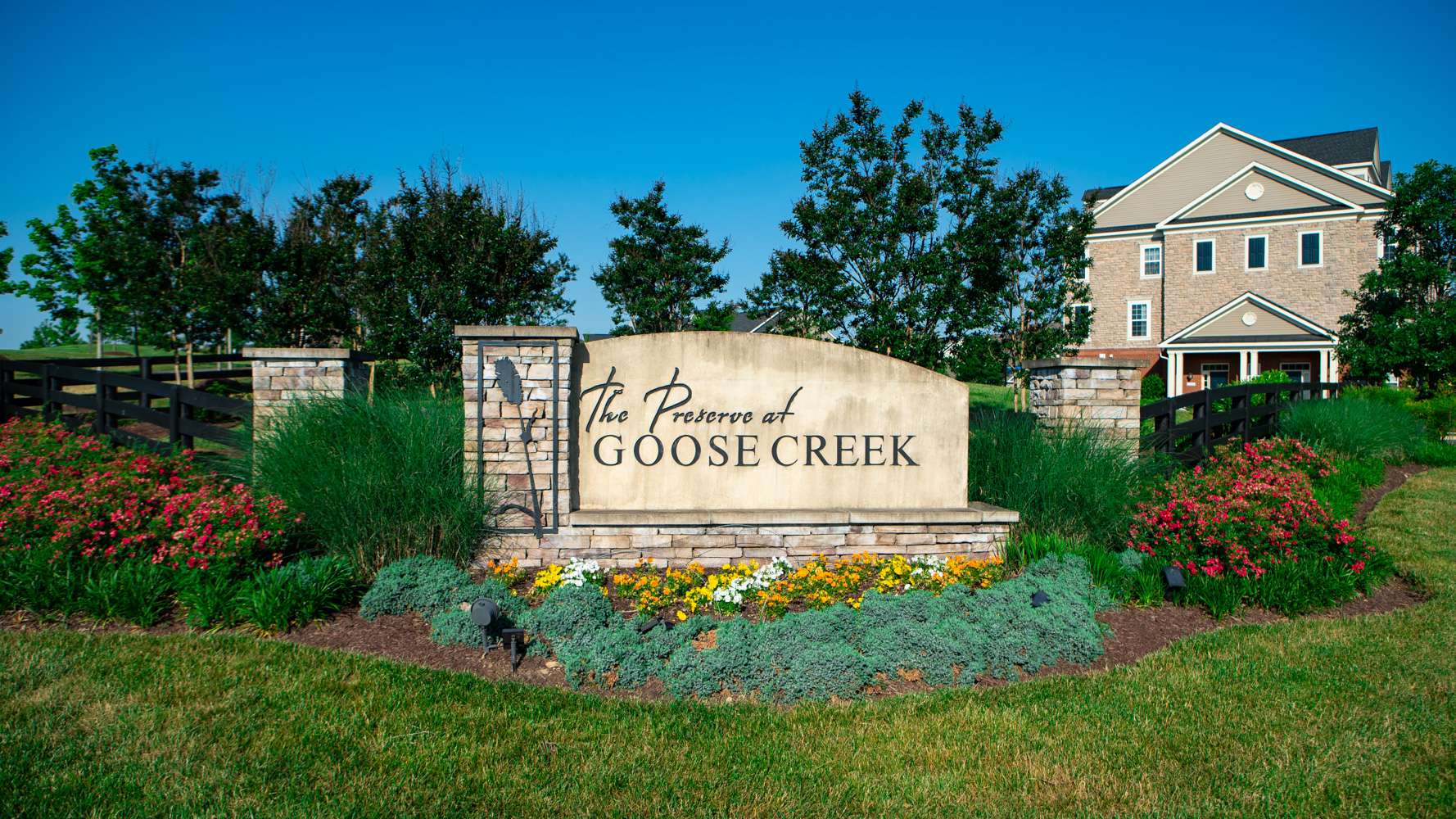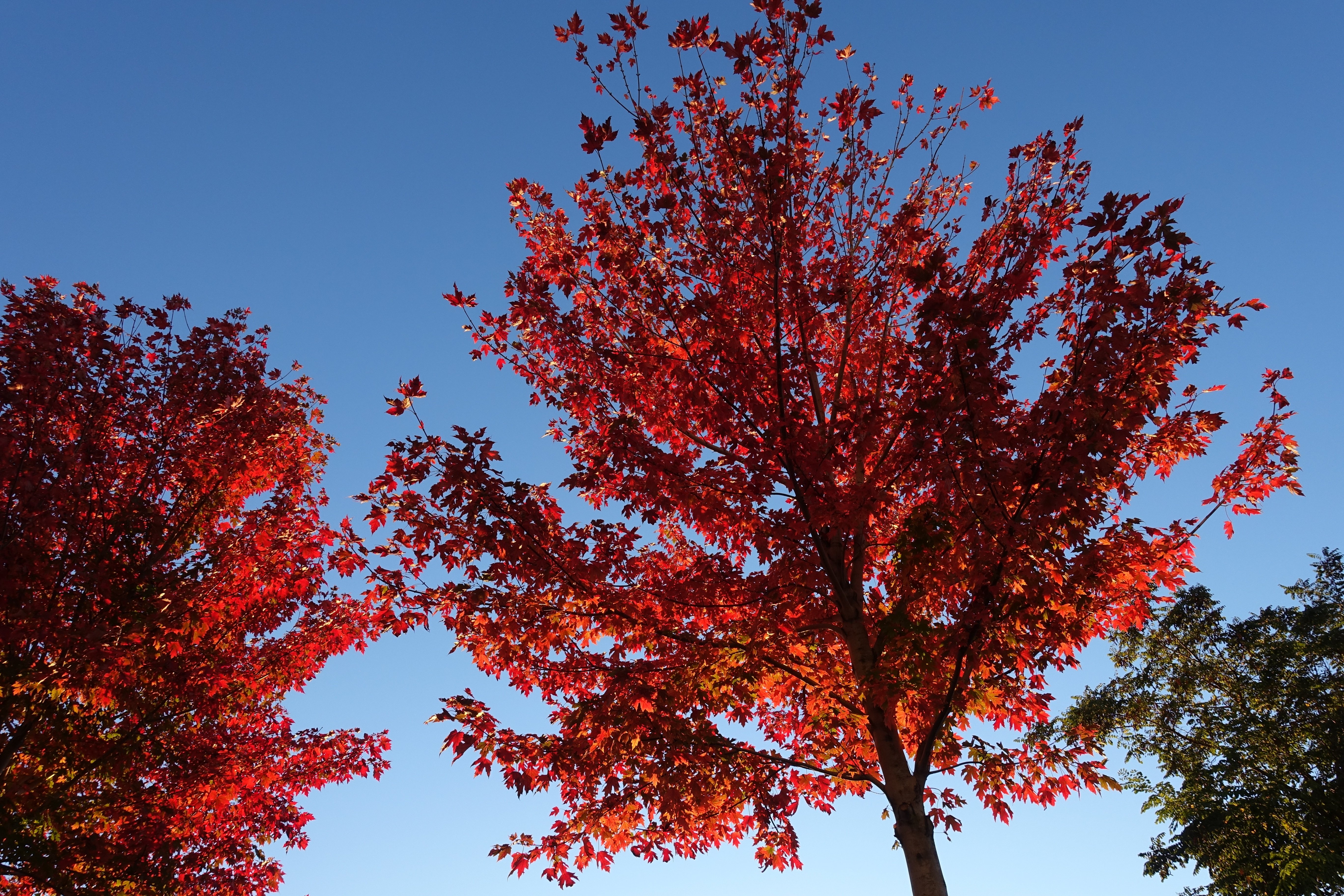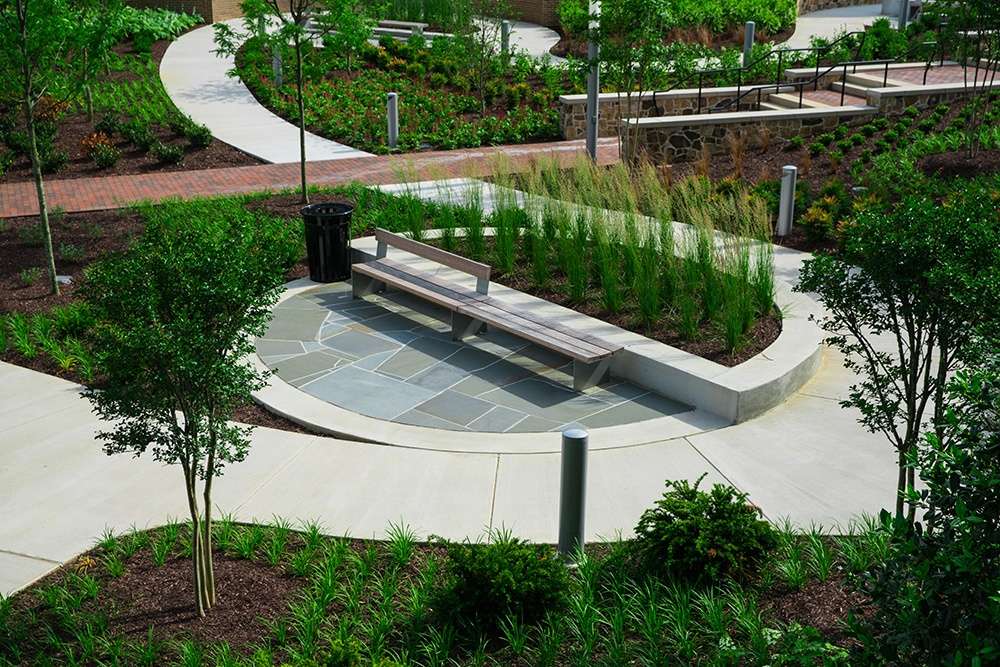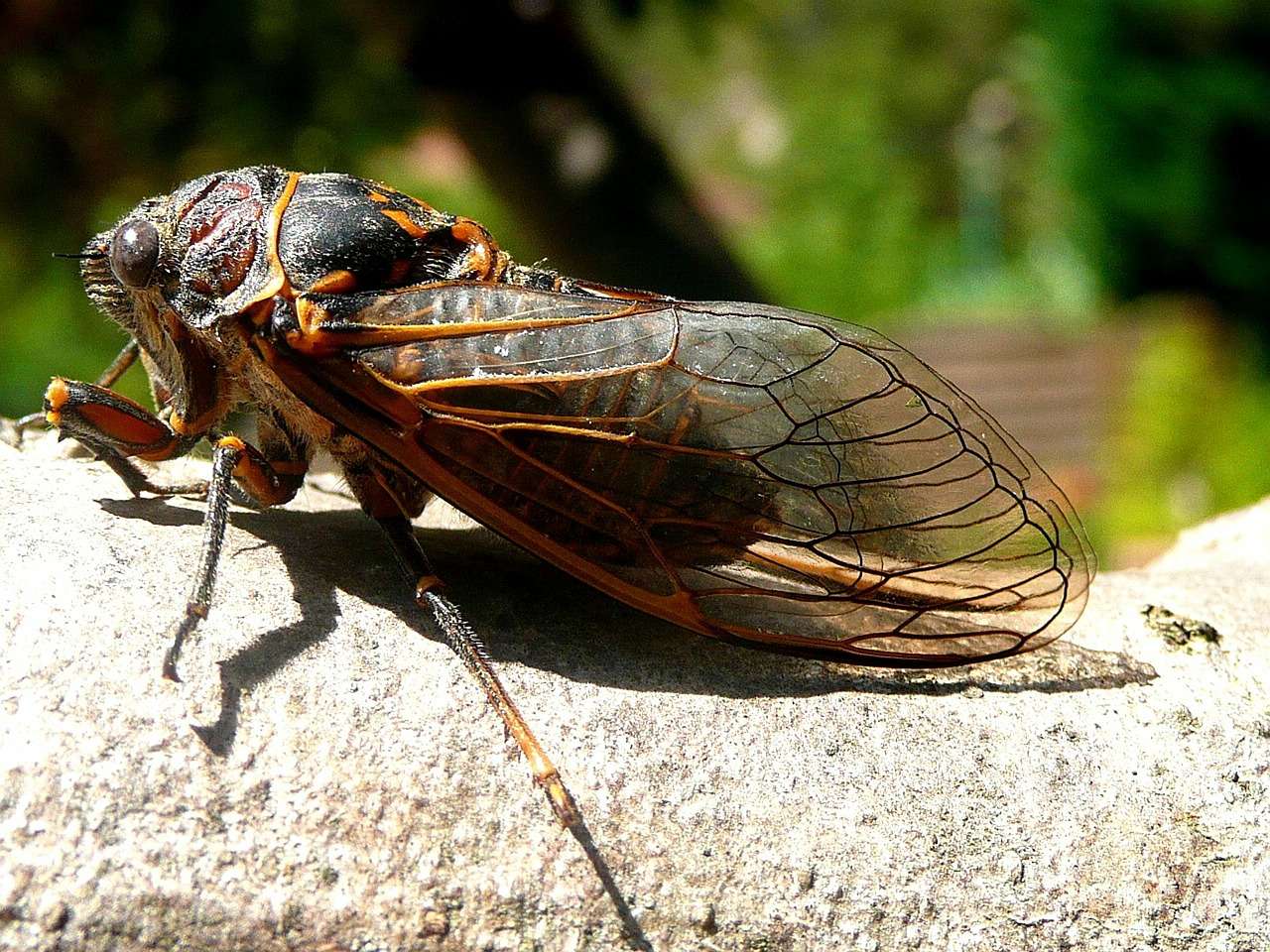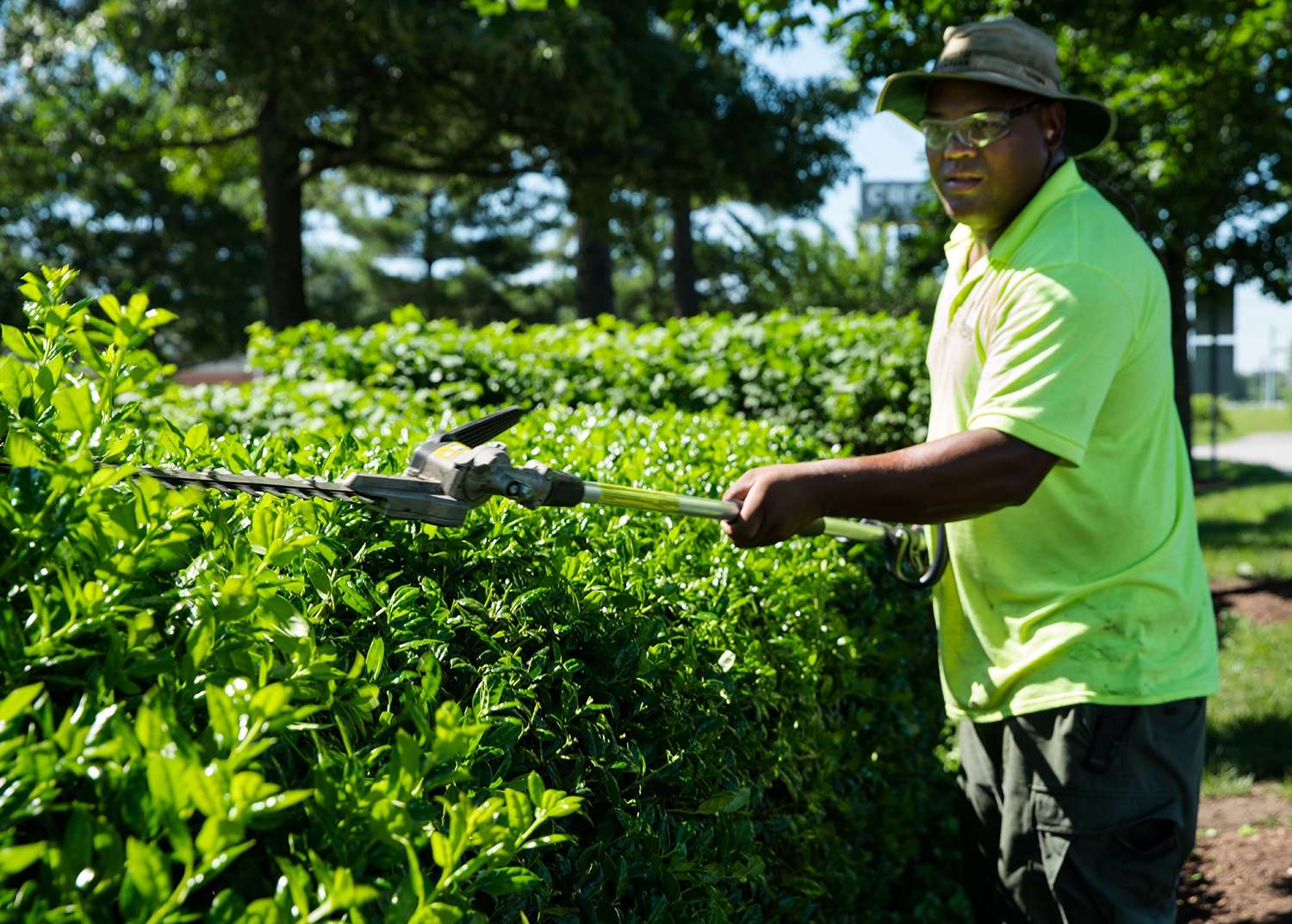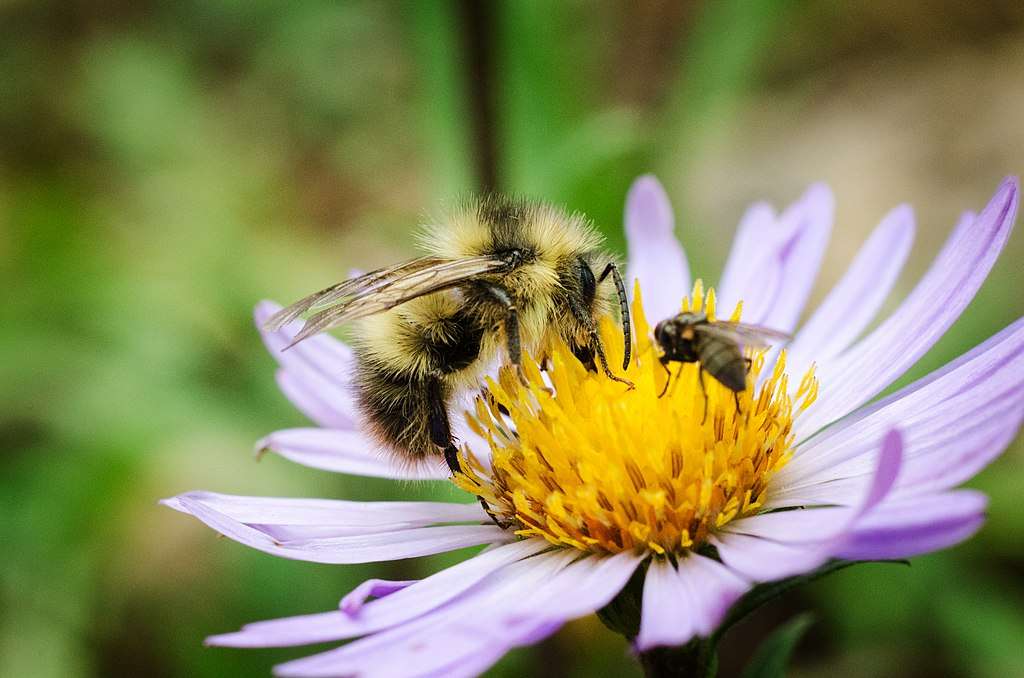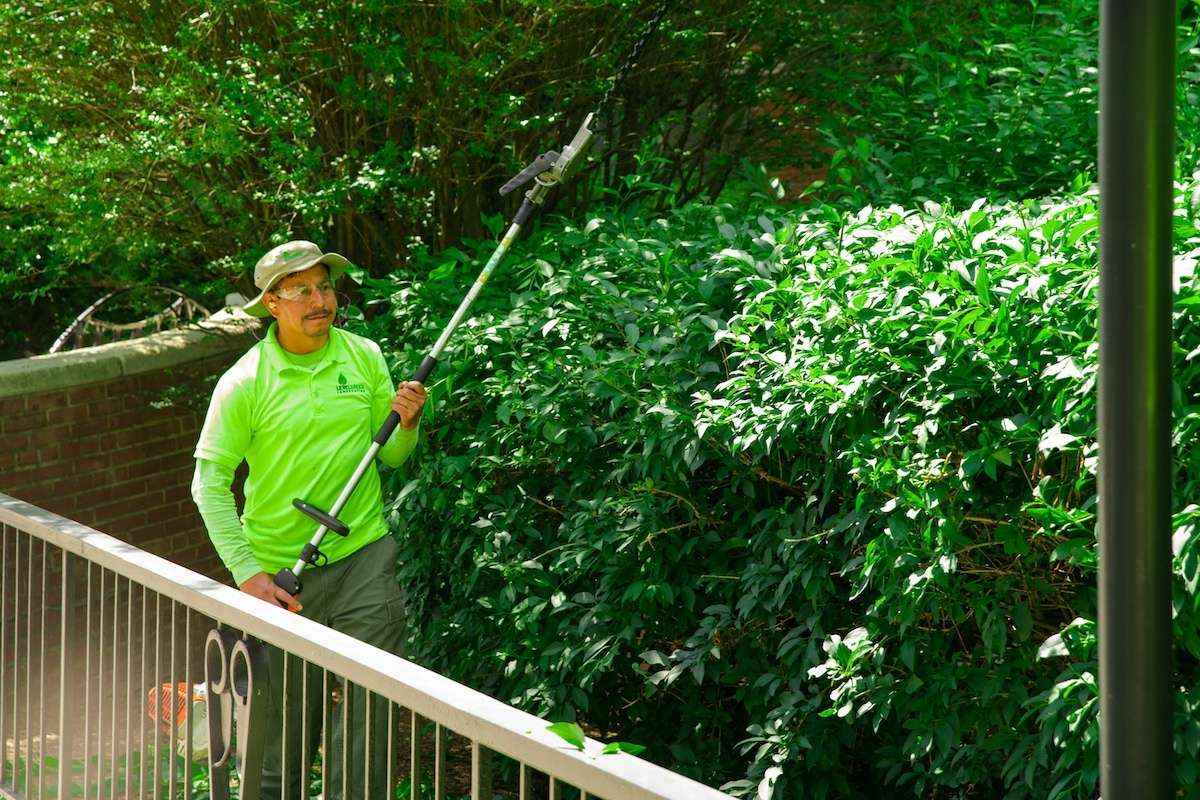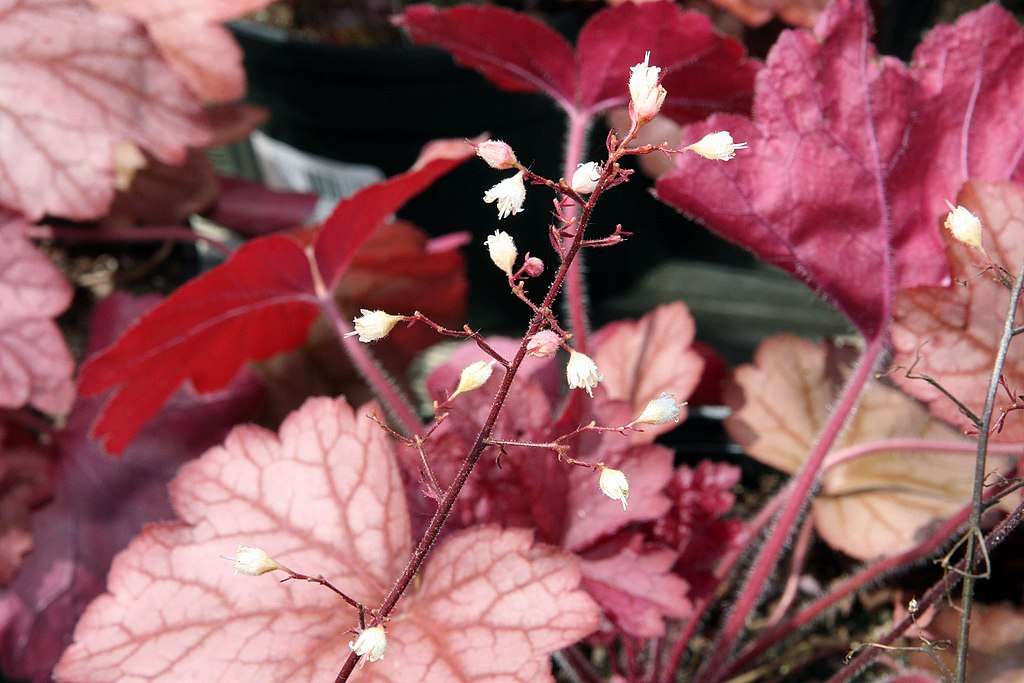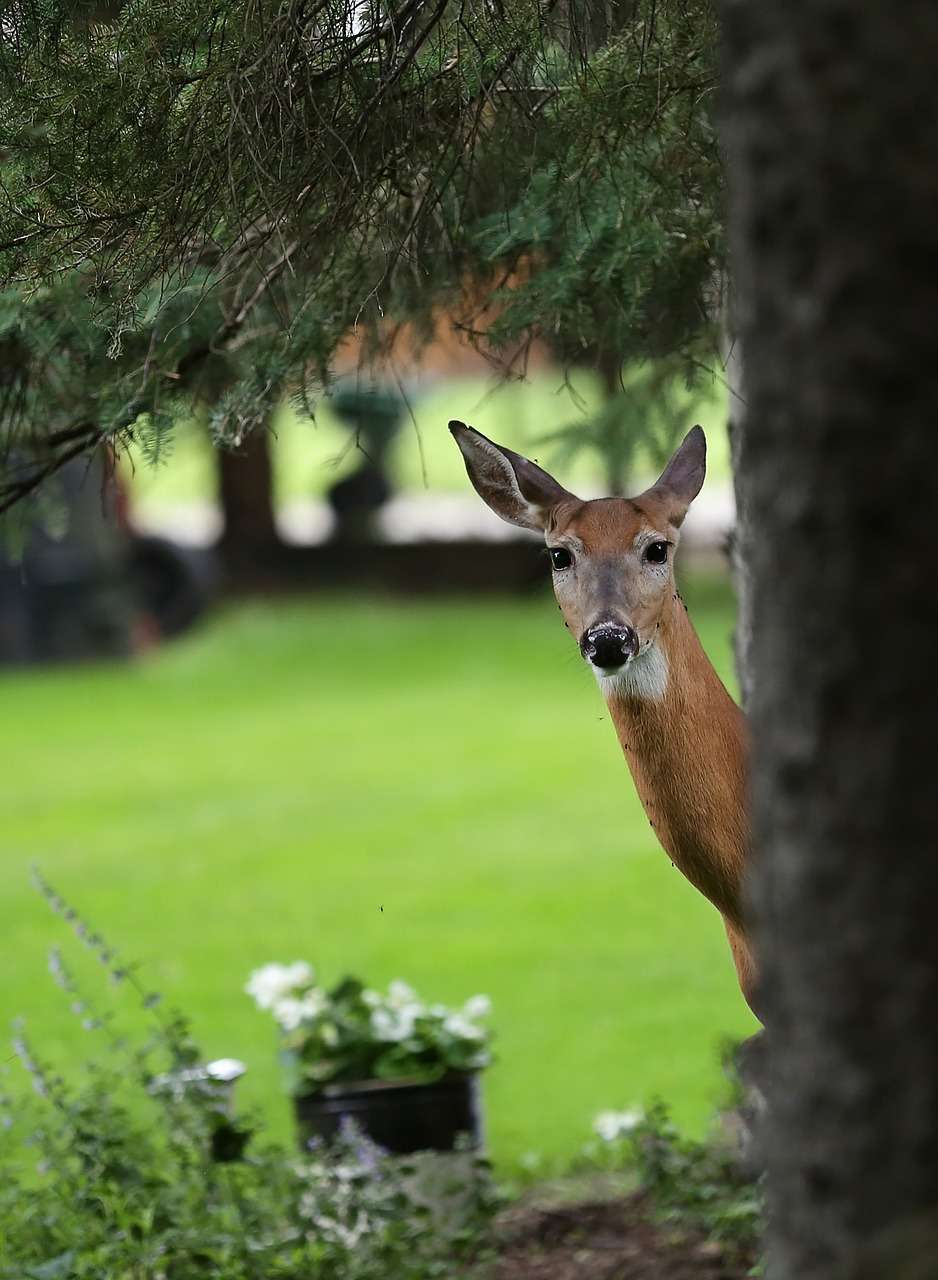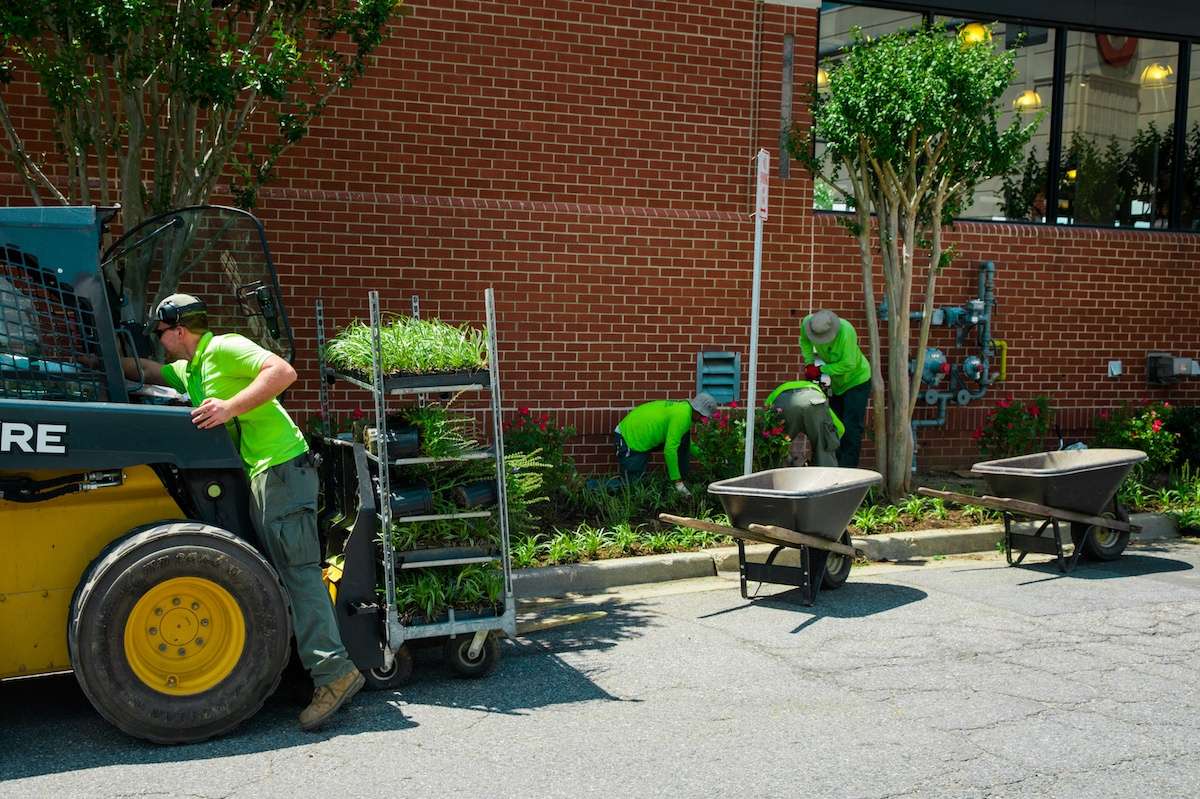How many landscaping questions could HOA residents possibly ask? Let’s see:
- Can I install a patio out back?
- Are garden ornaments allowed?
- Can I plant 7 hydrangea shrubs?
- What are the rules about fences?
- I want to plant a bamboo hedge — is that OK?
- Can I grow tomatoes and peppers to make salsa? I’ll give you a jar!
You get the idea. Lots of questions.
While HOAs typically hire a landscaping company to care for their common areas, homeowners are often required to care for their own landscaping, following any HOA landscaping rules.


